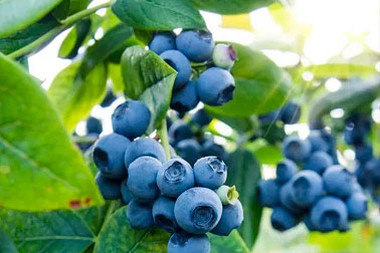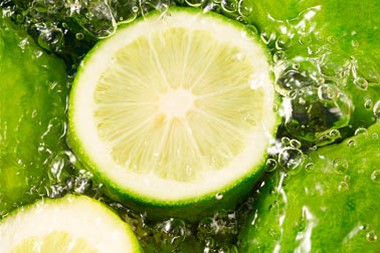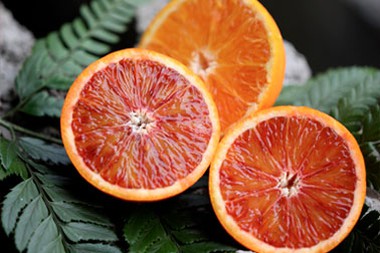Brief Introduction
Apium graveolens L. Biennial or perennial herb, 15-150 cm high, with strong aroma. The root is conic, the branch root is numerous, and brown. The stem is erect and smooth. The root leaves have stalks, 2-26 cm long, and the base is slightly expanded into membranous leaf sheaths; The leaf profile is oblong to obovate. Compound umbels terminal or opposite to leaves, peduncles varying in length, sometimes lacking, usually without involucres and bracteoles. The mericarp is round or long elliptic, about 1.5 mm long and 1.5-2 mm wide, with sharp fruit edges and slightly contracted connate surface; There are 1 oil tube in each furrow, 2 oil tubes in the commissure, and the endosperm ventral surface is straight. The flowering period is from April to July.
Celery powder is distributed in Europe, Asia, Africa, and America. All provinces and regions in the north and south of China are cultivated. For vegetables. The dry celery is a moisture-resistant vegetable, which likes cold, cool, and humid environment conditions, and the suitable temperature for growth is 15-20 ℃; Light is not strictly required, the root system is thin and shallow, and it is not resistant to drought. It should grow in loose and well-permeable neutral soil.
An aromatic oil can be extracted from the fruit as a blended essence. Celery is one of the most commonly used vegetables. The dry celery tastes sweet and bitter and is cool in nature. It belongs to the lung, stomach, and liver meridians. It has the effects of calming the liver and lowering blood pressure, calming nerves, diuresis and detumescence, nourishing blood and tonifying deficiency, and can assist in the treatment of hypertension, dizziness, headache, red face, blood drenching, carbuncle, etc.

Morphological Character
Biennial or perennial herb, 15-150 cm high, with a strong aroma. The root is conic, the branch root is numerous and brown. Stems erect, and smooth, with a few branches, angular and straight grooves. The root leaves have stalks, 2-26 cm long, and the base is slightly expanded into membranous leaf sheaths; The Leaf blade contour is oblong to obovate, 7-18 cm long, 3.5-8 cm wide, usually 3-lobed to the middle or 3-lobed, lobes subrhombic, margin is circular serrate or serrate, and veins are raised on both sides; The upper stem leaves have short stalks. The leaf outline is a wide triangle, usually divided into 3 leaflets. The leaflets are obovate, and the upper middle edge is sparsely dull serrated, or even notched.
Compound umbels terminal or opposite to leaves, peduncles varying in length, sometimes lacking, usually without involucres and bracteoles; Umbrella spoke thin and weak, 3-16, 0.5-2.5 cm long; Umbrella with 7-29 flowers, 1-1.5 mm long petiole, small or inconspicuous calyx teeth; Petals white or yellowish green, oval, about 1 mm long, 0.8 mm wide, with inward folded tongue at the top; Filaments as long as or slightly longer than petals, anthers ovoid, 0.4 mm long; Stylopodium compressed, style very short when young, about 0.2 mm long when mature, retrorse outward. The mericarp is round or long elliptic, about 1.5 mm long and 1.5-2 mm wide, with sharp fruit edges and slightly contracted connate surface; There are 1 oil tube in each furrow, 2 oil tubes in the commissure, and the endosperm ventral surface is straight. The flowering period is from April to July.
Growth Environment
It is distributed in Europe, Asia, Africa and America. It is planted in Europe, America, Africa, and Asia all over the world, and in all provinces and regions in China. Celery is a kind of moisture-resistant vegetable, which likes cold, cool and humid environments. The suitable temperature for growth is 15-20 ℃, and it will not be damaged by freezing at 0 ℃; Not resistant to high temperatures, poor growth above 30 ℃; Light is not strictly required, and the root system is thin and shallow, and it is not resistant to drought. It should grow in loose and well-permeable neutral soil.
Key Values
1. Economy: aromatic oil can be extracted from the fruit and used as a blended essence.
2. Edible: Dry celery has high nutritional value, containing dietary fiber, vitamins, mineral elements, and other ingredients beneficial to the human body. The dry celery can be directly made into dishes or processed for consumption. Dry celery can be fried, such as celery fried with shredded meat, celery fried with dried silk, celery egg cake, etc; It can be used for cold dressing after blanching, such as vegetable salad, celery mixed with walnuts, etc; It can be made into fillings for dumplings and steamed buns; You can also squeeze juice, such as fresh celery apple juice. There are many processing methods for dry celery, such as instant celery leaf soft packaging cans, celery leaf vegetable slices, celery leaf drinks, preserved celery, instant celery, celery pickles, etc.
3. Medicinal use: Modern research shows that dry celery contains organic acid, apigenin, apigenin, and volatile oil, from which apigenin A and apigenin B are separated. Apigenin or fresh celery juice had an obvious antihypertensive effect, while decoction and dried celery had no effect; Water extract can reduce blood lipid (total cholesterol, low-density lipoprotein cholesterol, triglyceride); Apigenin can also inhibit the proliferation of vascular smooth muscle and prevent arteriosclerosis; It can inhibit the growth, induce apoptosis and inhibit tumor angiogenesis of prostate cancer, breast cancer, thyroid cancer and other cancer cells; It has a strong inhibitory effect on Enterobacter aerogenes, Pseudomonas aeruginosa and other bacteria.



